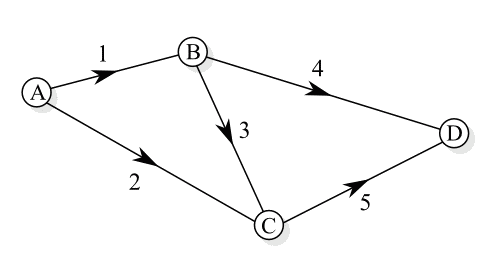

|
Reliability
An Introduction |
|
Prof. David Bernstein
|
| Computer Science Department |
| bernstdh@jmu.edu |



|
Reliability
An Introduction |
|
Prof. David Bernstein
|
| Computer Science Department |
| bernstdh@jmu.edu |









| Hardware | Software |
| Components can "burn in" and "wear out" | Components do not "burn in" or "wear out" |
| Variation across "copies" | No variation across "copies" |





































